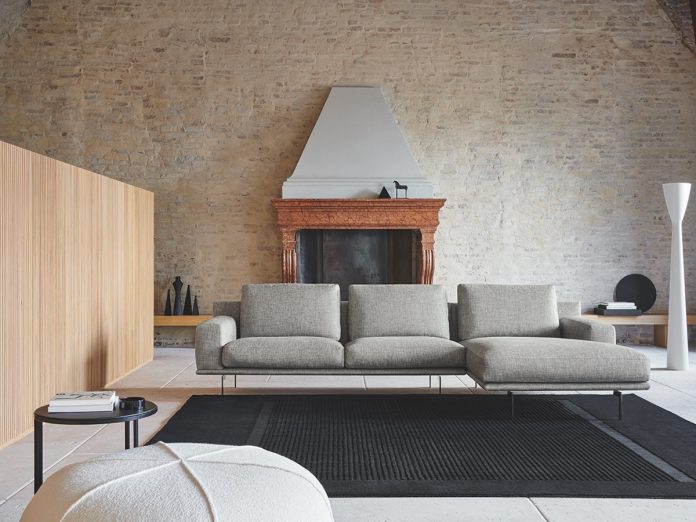A citizen of the world in love with his roots. A totally personal way of exercising his imagination. An instinctive designer who shuns banality and repetition. An honest intellectual who reveals his character in the process of doing, in quiet tones. This is Robin Rizzini, a serious dreamer with a direct passage from dream to paper, passing through the pencil.

Genoa, your mother, Citterio, Metrica (the studio created together with Bruno Fattorini), the Compasso d’Oro prize. All the way to the choice of being independent. Are these the main phases of your history?
1973, Genoa, an English mother, 100%, with liberal views: starting with the obvious factor of language, her influence made itself felt, and has turned out to be useful over time. I don’t think I am ideological, I don’t believe I have prejudices, I tend to be trusting, I’ve had and still have regrettable experiences, but by now I’ve come to terms with that and with my own character.
Working with Antonio Citterio was undoubtedly the most important experience, it enabled me to understand that this is a serious job, unlike what it might have seemed to be when I was in design school, something ‘frivolous’ connected with gestures and flair. Instead design is full of very complex dynamics, it makes you interact with companies, with industrial processes and many other aspects that have nothing to do with creativity. That was an intense period, in which I learned a lot.
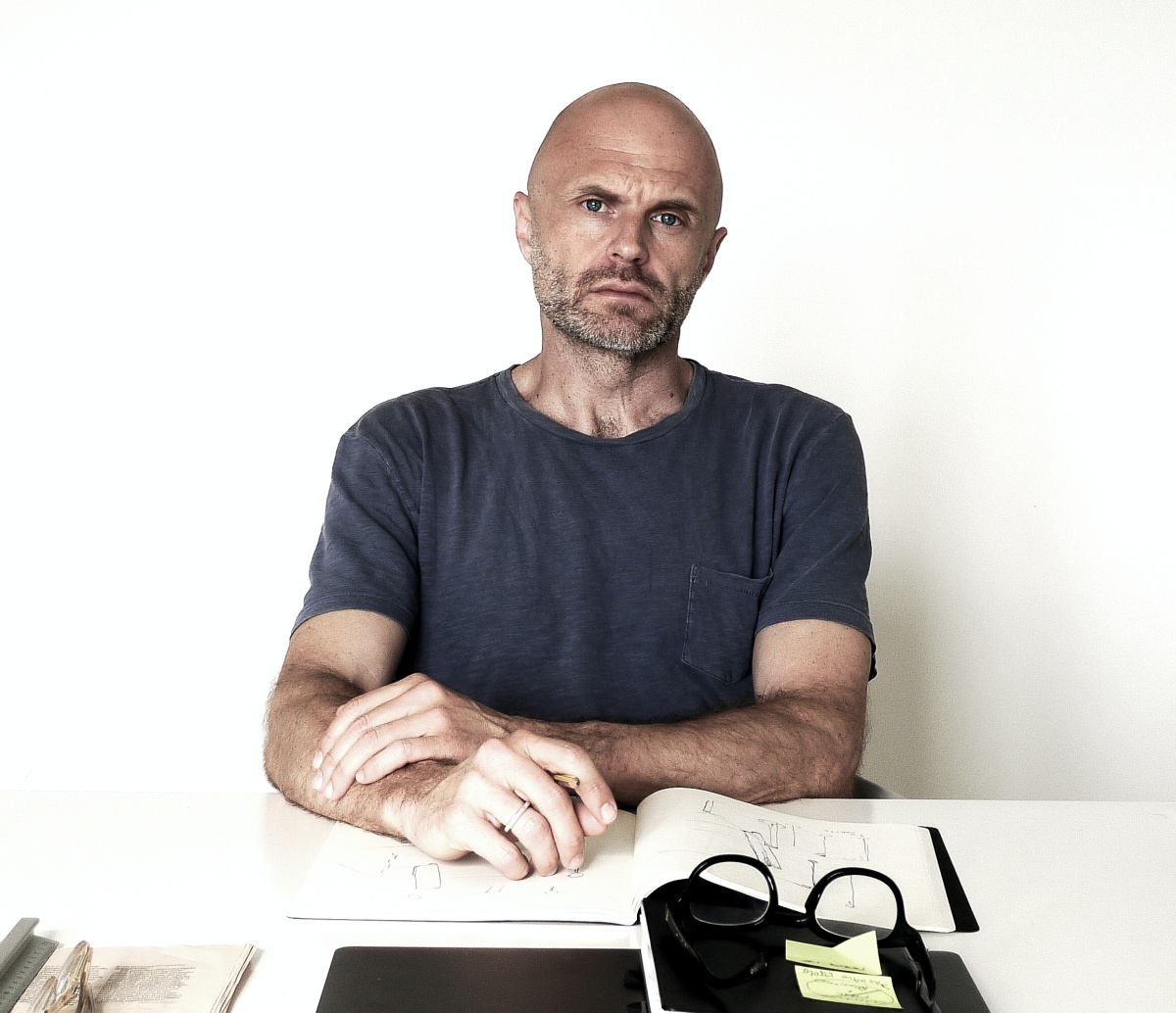
Have you always felt that design was your calling?
Definitely, already in high school, though paradoxically my first experiences were of an architectural nature (and I’m not an architect), because I needed to work to support myself. Right before going to work with Antonio Citterio, I went through a ‘passage’ with Massimo Roj and Progetto CMR where I was supposed to focus on product, but in the end I was working on space planning. That was my first contact with the world of offices, both for furnishings and for spaces, and I enjoyed it, it was stimulating. I discovered a world that was unknown to me, always in movement. In Milan at the time (towards the end of the 1990s) all the big companies were redesigning their offices, and there was great ferment. This experience with offices facilitated my move to Citterio, where I also worked extensively for Arclinea and Vitra.
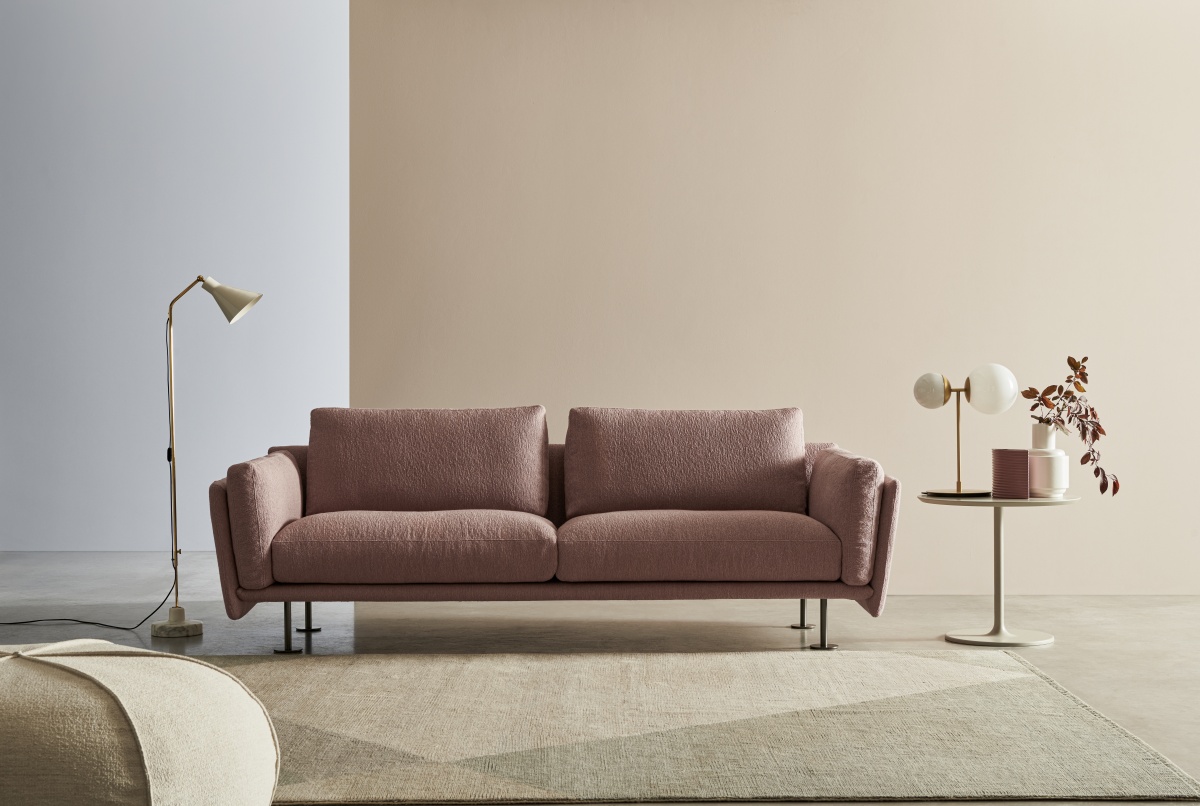
Metrica was an atypical situation, do you agree?
Metrica was a courageous experiment, the studio was multidisciplinary, a bit along English lines. After a while I realized that it was not my dimension, it was hard for me to manage, also from a personal viewpoint, and I attempted to take it apart. My problem inside Metrica, at the time, was that I was gradually losing what I felt was the beauty of my craft: if you become a manager you get away from the companies, you work more on administration. That wasn’t my path, it was hard for me, so I decided to change, to start over again.
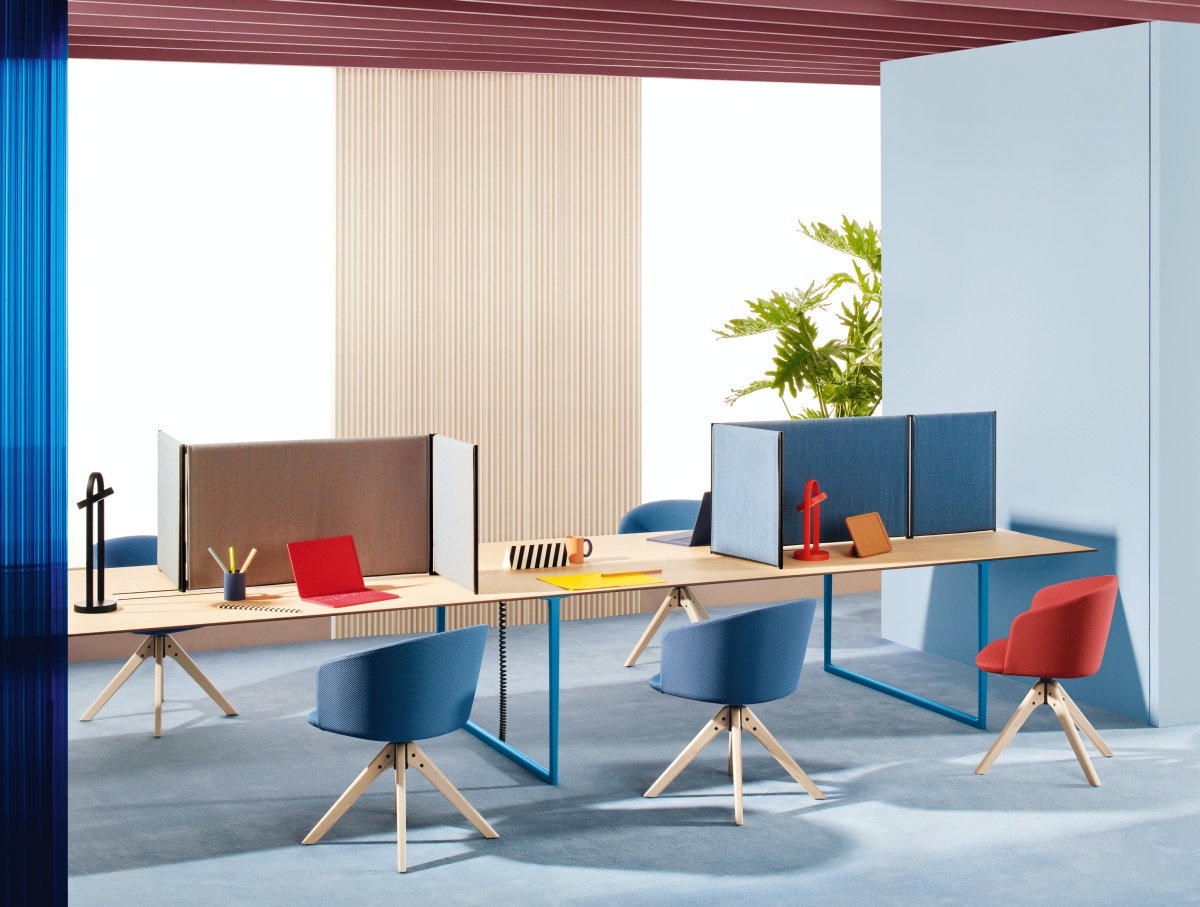
Then Pedrali appeared on the horizon…
Exactly. Pedrali stemmed from an ineffective relationship that lasted for over ten years. Then, one day a table came into my mind, which I drew on a piece of paper, and showed to Giuseppe Pedrali with a simple approach. He liked it right away: the table made its debut in the worst period of Covid, but Pedrali was remarkable, organizing videos and taking risks within the widest range of possibilities. They have great expertise, gained year after year, making bases for tables used in bars; today, everything they have become can be seen by all.
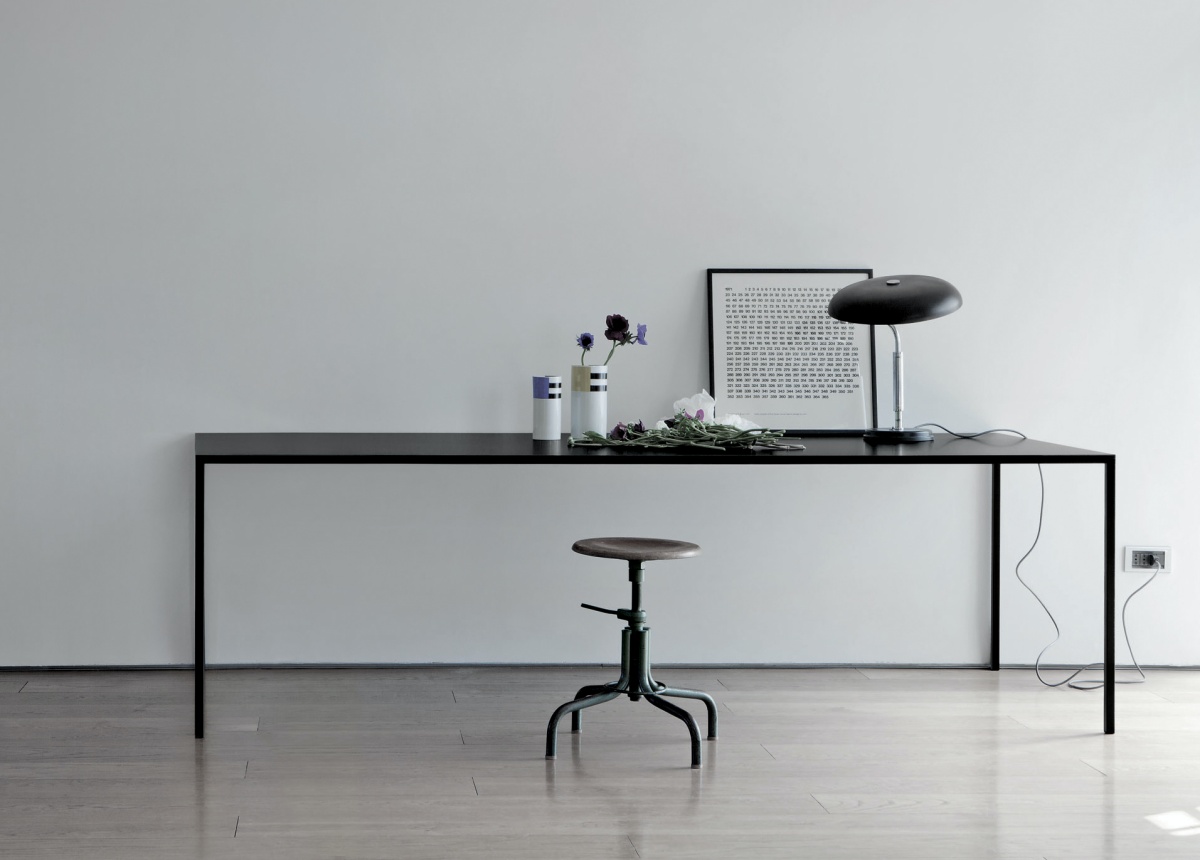
In 2014 you won a Compasso d’Oro prize.
At the time Desalto was a fantastic company, the relationship with Walter Orsenigo was special, he was very closed and reserved, but fully aware of what would be good for the company.
The genesis of 25 goes back into the past, with in-depth research on the materials: we wanted to approach the object-table in a different way, also from the viewpoint of engineering, starting with a particular framework. At a certain point along the way we got Orsenigo involved, and his enthusiasm was immediate. The 25 (thus called due to its thickness of 25mm) was inserted in the Desalto collections and won the Compasso d’Oro. 25 was perhaps the last case of a table created with an accent on lightness; from that point on, the market has offered heavier products, utilizing other materials and decorations.
Did the Compasso d’Oro change something in your work?
No. I have always worked behind the scenes, it is my character. At the time I was also accused of being a snob, but I feel a bit of healthy envy for my colleagues who have the force to promote themselves. I don’t have that kind of energy. This is another reason why I tend to work alone.

Is lightness a characteristic of your style in design?
First of all, it is an instinct, and then there is my ethical principle, based on ‘don’t use more than is needed.’ I have always admired essential designers, those who make beautiful objects or spaces without exaggerations connected with over-abundance. I am irritated by objects that take up too much space; I like things to be something like I am, reserved, trying to occupy as little space as possible.
You have even managed to lighten up Twils!
Twils is a project that surprised me when it arrived, precisely because I wasn’t expecting it: Matteo Ragni looked for me, we began with the Etan sofa, and now Harold (my grandfather) has arrived. We presented them at the Salone. I was a bit hesitant because they are known for beds, but they surprised me with their technical ability and willingness to interact. Matteo was like a guarantee for me.
Dreams and desires?
I have two of them: the first is to design chairs, a field I have always kept at a rightful distance due to my supposed lack of expertise – but I would like to find a rather paradigmatic idea. And I would like to design a small house, hopefully in the mountains, with a breathtaking view, completely designed. I find this possibility fascinating.

